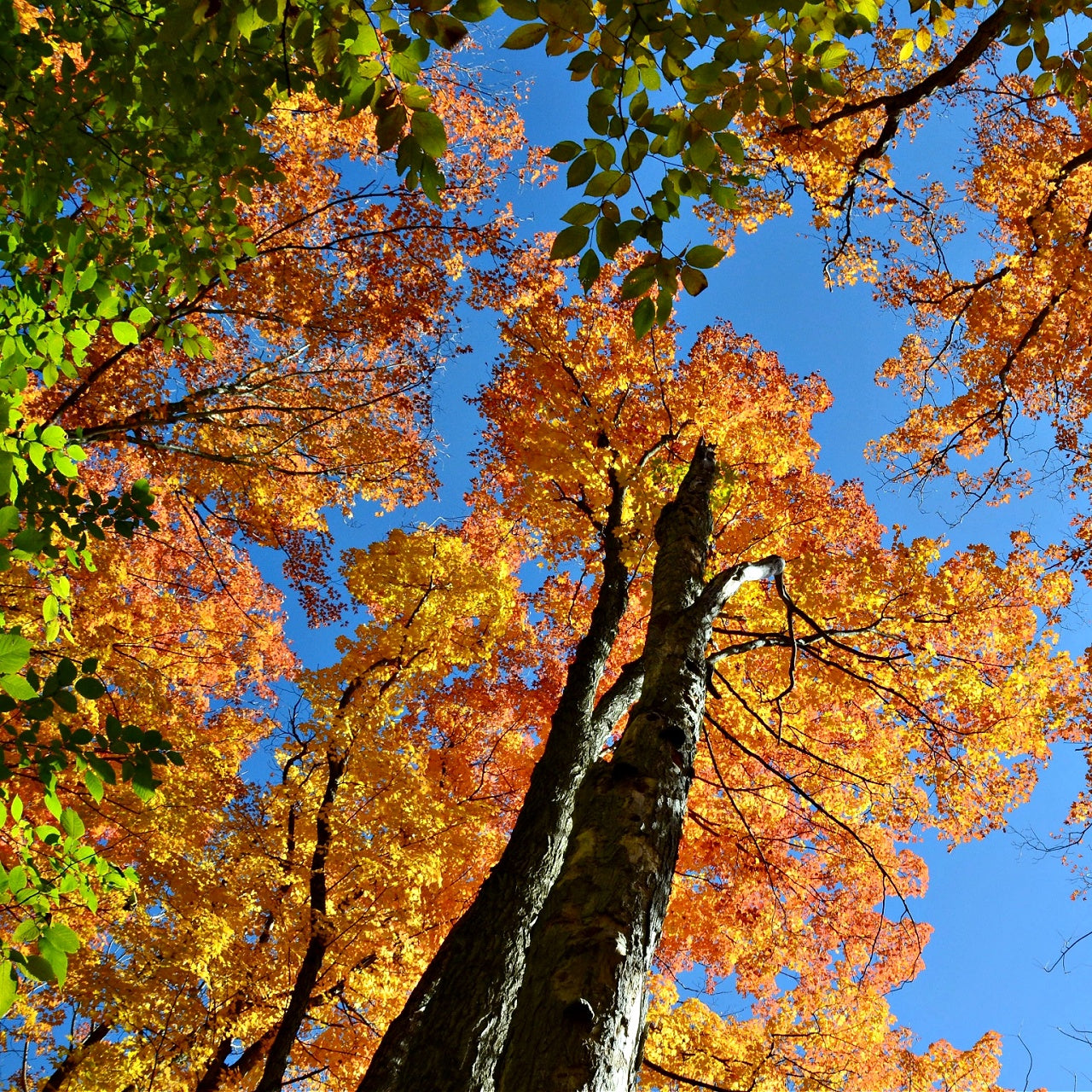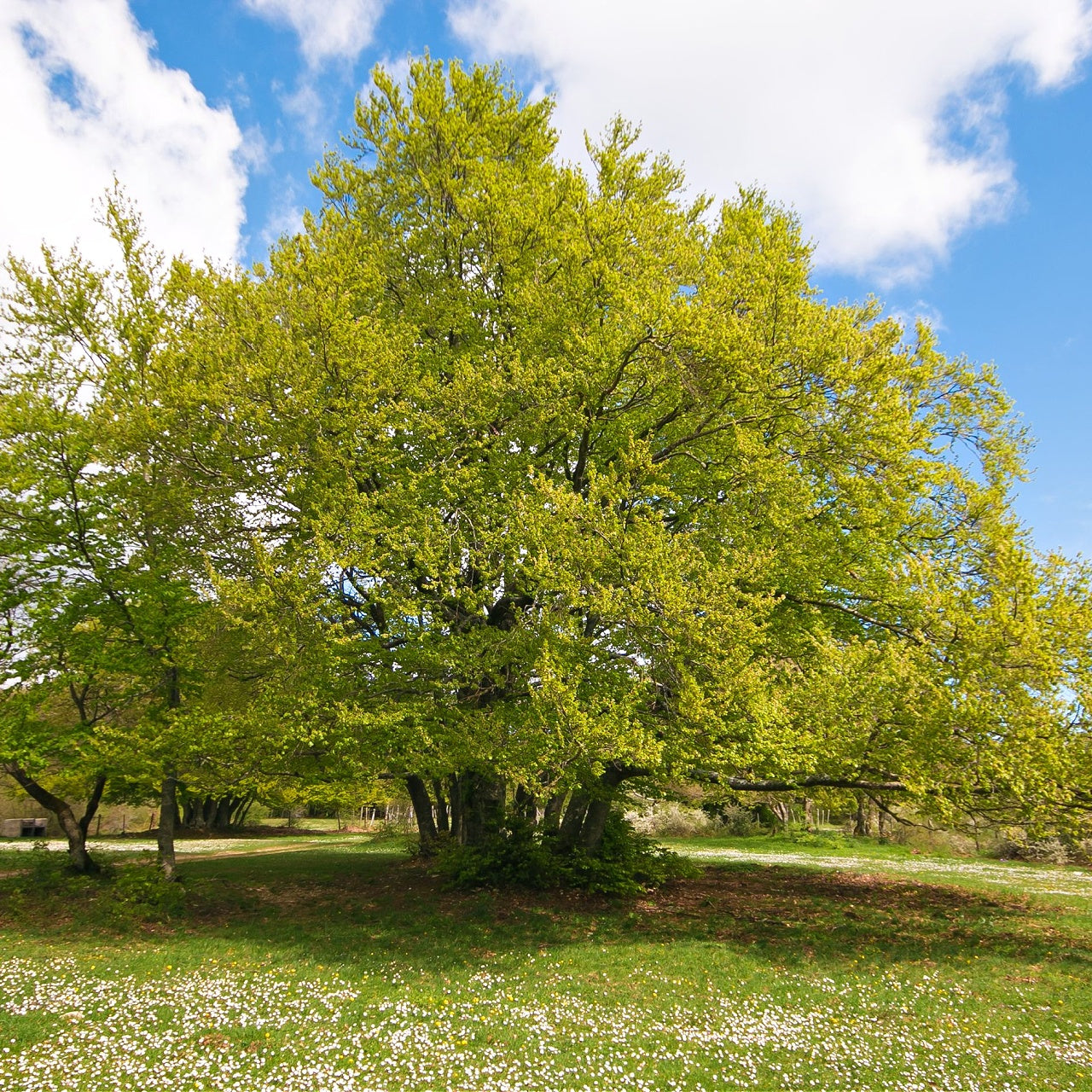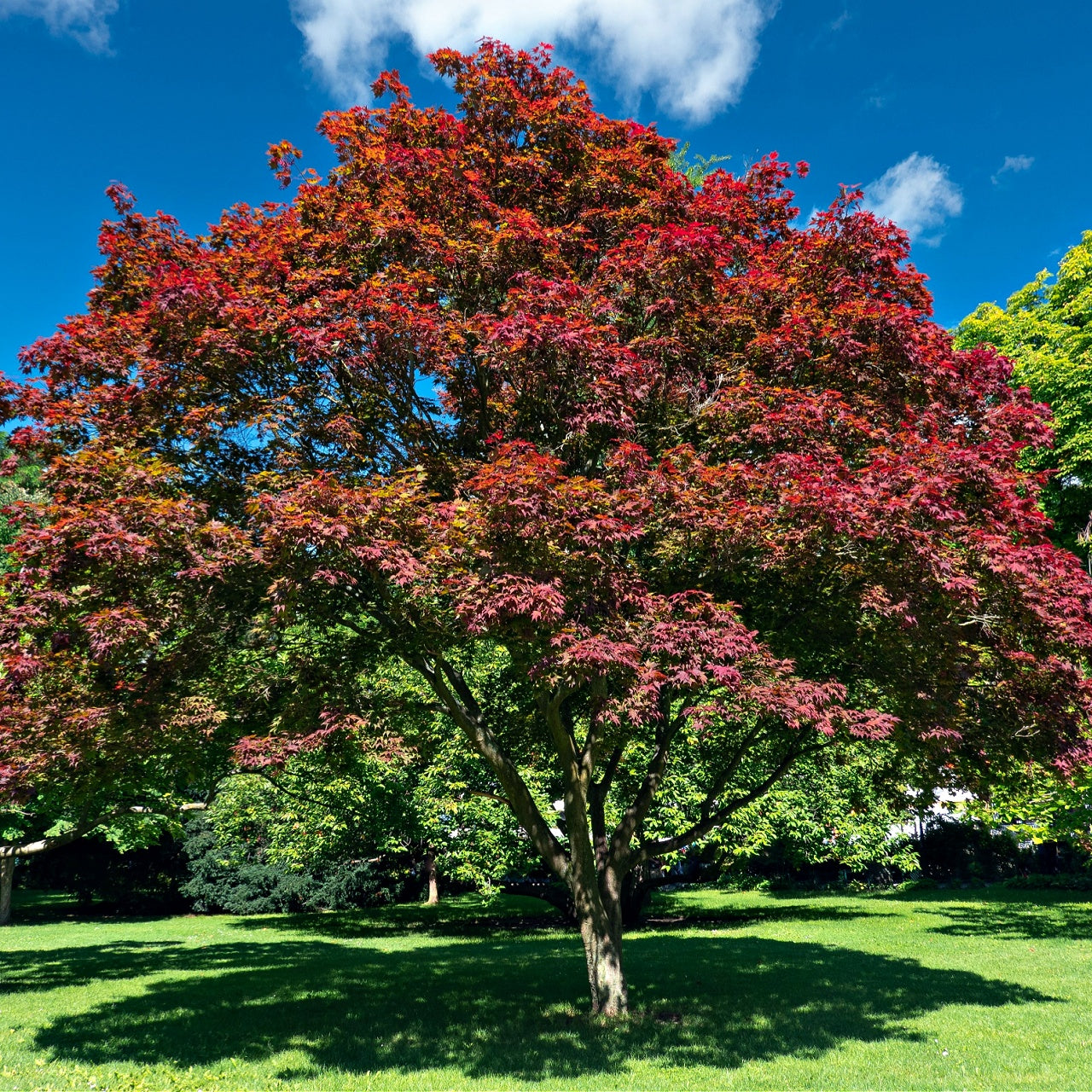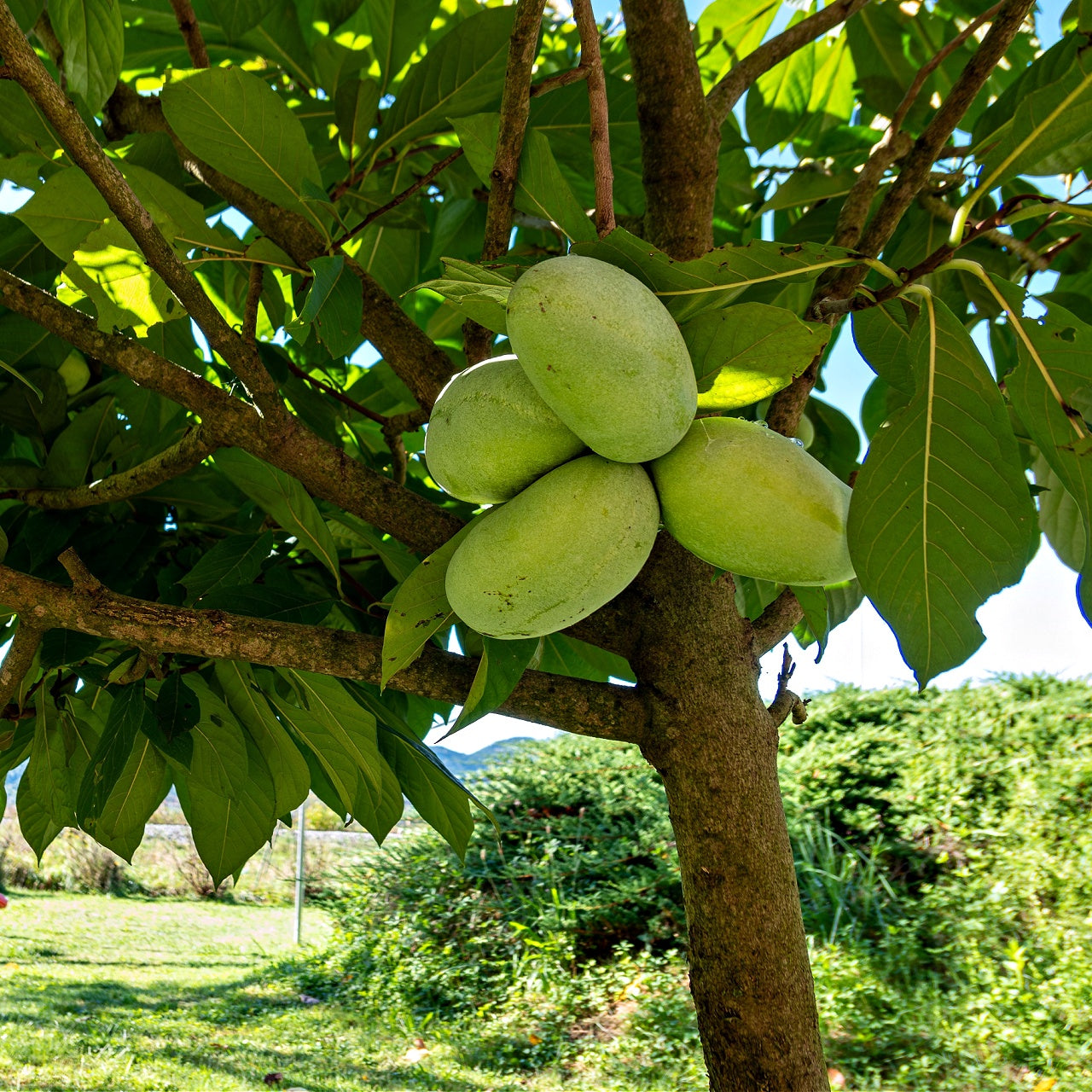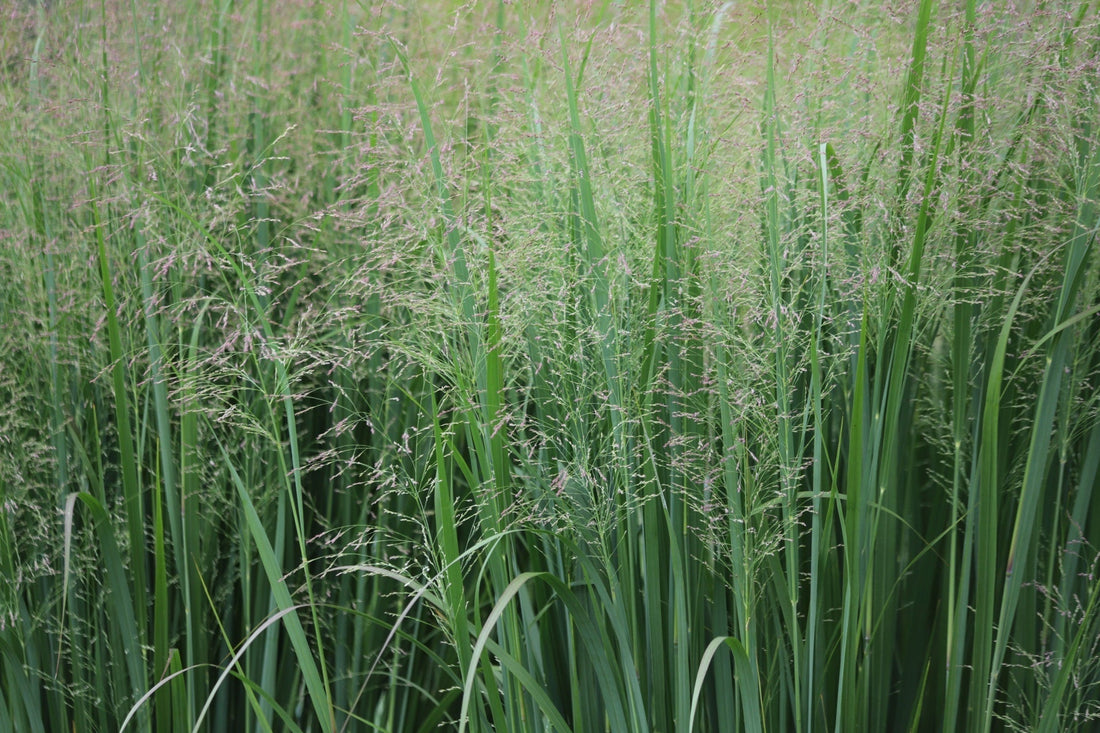
Panicgrass: A Guide to Lush Ornamental Grasses
Panicgrass: A Guide to Lush Ornamental Grasses
A Guide to Panicgrass
Panicgrass is a broad term for oriental grasses native to the tropical regions of North America, Europe, Asia, Africa, and Australasia. Most of the grasses in this category are large and perennial, growing from about 3 feet to 10 feet tall. Some varieties have colorful silky tassels in shades of green to blue and orange-red. The types found in most gardens are Switch Grass, Panic Grass, and Broom Corn Millet. Panicum is hardy, easy to grow, and best in USDA zones 5 to 9.

Panic Grass for Gardens
Panic grasses of all types make a statement piece in a flower garden or may be used as specimen plants. Switch Grass is a bright green plant with reddish tips and plumage at the top. Some varieties have delicate hairs on the top of the long panicles or leaves that may also be different colors. Panicum has long bloom periods from early summer to late fall. When the grass dries on the top in the fall, your tropical grasses will invite small birds to eat, giving you great interest even when the plants are dormant.
What Are Some Varieties of Panic Grass?
Panicum Heavy Metal has metallic-blue leaves that turn yellow in the fall and then fade to a tan color in winter. They produce flower heads in the winter as food for birds. In mid-summer, the branched flower panicles are pink-tinged, giving you quite a showy color compared to the metallic blue leaves.
Panicum Cloud Nine has upright bluish-green leaves with large rose-colored seed panicles on top. In the fall, the grass turns golden brown. This type of panicum is also called switchgrass because of the lovely swishing sound when a gentle breeze blows on it.
Panicum Cheyenne Sky is a magnificent example of switchgrass for gardens and lawns. This tropical grass emerges in the spring as a blue-green color, turning dark wine-red in early summer. When it blooms, you have an excellent spot of bright color with wine-red panicles. The seed panicles open dark red, and in the fall, they turn to beige.
How to Grow Panicum
All varieties of Switch Grass are clumping in form, which means they will only be half as wide as they are tall at the end of the growing season. Switchgrass works well as a border plant or at the rear of a flower garden with shorter flowers or shrubs in front. Panicum is generally planted in a group with at least 12 inches between the groups to give the grass room to grow together and create a border.
Switch Grass has a very long taproot, often 12 inches, so you must cultivate your soil about a foot deep before planting seeds. Young plants can grow in pots before multiplying by the rhizomes underground, although they multiply quickly and would need a huge pot to accommodate them.
Sunlight and Soil Requirements
These plants love partial shade or full sun. They are also tolerant of salt and can handle short droughts. They grow in almost any soil that is moderately moist or dry. Switch Grass does well in sand, clay, or loam if the soil drains. It grows best if you mix in some organic matter.
If you purchase Switch Grass plants, you should plant them at the same depth as in the nursery pot.
Caring for Panicum
The delightful part of growing a native plant is that it doesn't need any supplemental care except some fertilizer in the spring, and only in the poorest soils.
Even though the plants die back in the winter, the rhizome under the soil still lives, especially if you mulch in the flowerbed. You can propagate your plants by digging them up and dividing them about every three years or so. From late winter to early spring, the best appearance of this plant occurs when it is cut off a few inches above the soil line, giving it better air circulation and sunlight to start new growth in the spring.



